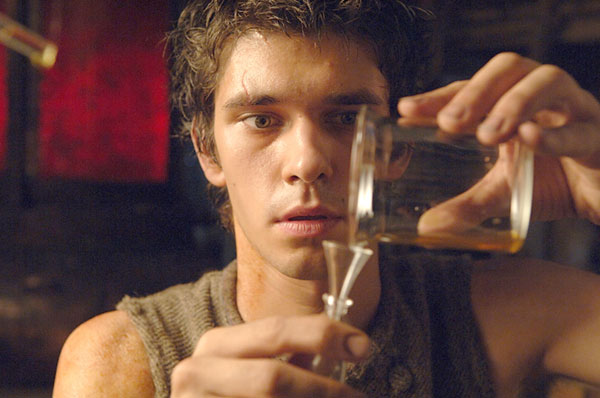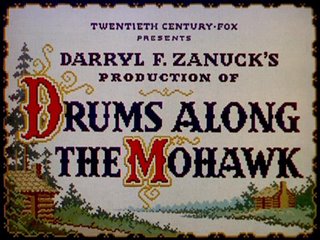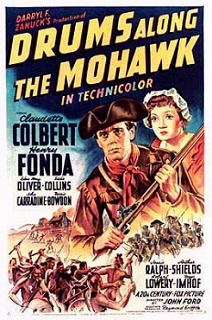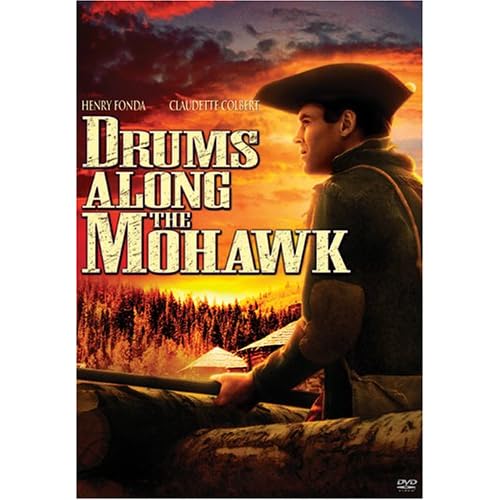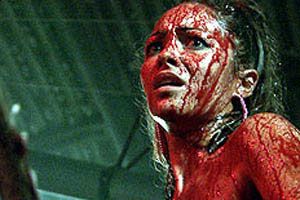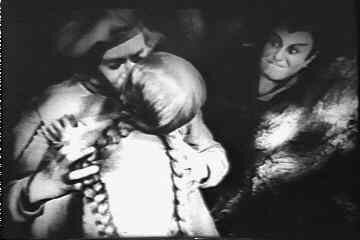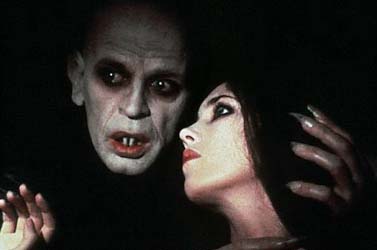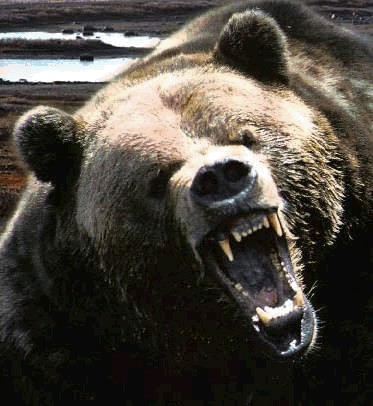Do you think that copyright and IP law is the spawn of the devil?
Well, maybe you’re not so wrong.
You might be surprised to learn of the roles played by two of the most reviled figures of the 20
th century in creating modern movie law: Hitler and Rasputin.
Hitler’s contribution was the introduction of “moral rights”. Those give basic protection to artists, in that it prevents someone else from claiming work to be their own, or from mutilating it. Which, I have to say, is something that as an artist, I rather appreciate. I flatly refuse to sign any contract that requires me to waive my moral rights.
 Hitler and Leni Riefenstahl, circa 1933
Hitler and Leni Riefenstahl, circa 1933
This came about because of Hitler’s infatuation with actress Leni Riefenstahl, later notorious as the director of Nazi propaganda documentaries such as Triumph of the Will and Olympiad. In the 1920s she starred in a number of movies set in the Alps, mostly directed by Arnold Fanck. Films such as The White Hell of Piz Palu and SOS Iceberg were notable mainly for their majestic mountain vistas, and dramatic footage of avalanches and glaciers. In the early 1930s, they were bought for US distribution by, if I recall correctly, MGM. However, instead of showing the films in cinemas, as Fanck and Riefenstahl naturally expected, the US studios simply cut them up and used the mountain sequences for stock footage. At the time, this was quite legal; there was no requirement to show the film in its entirety, and nothing stopping the Americans using the film in any way they chose once they had bought the rights. Riefenstahl complained to the then Chancellor, Hitler, who agreed that this was unacceptable and drafted laws to protect the integrity of artists’ work – laws which we still use today.
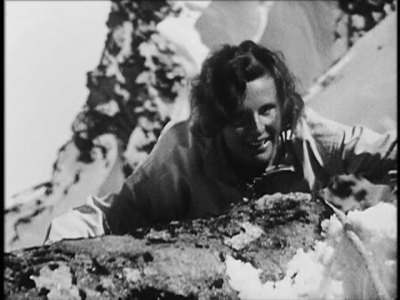
Leni Riefenstahl in The White Hell of Pitz Palu (1929)
Rasputin is responsible for two aspects of the law as it applies to movies. Firstly, if a character says something defamatory in a film, it is considered libel, not slander, even though it is spoken, not printed. And secondly, you know the bit in every film that says “All characters in this film are fictitious, and any resemblance to persons living or dead is entirely coincidental”? I’ve often wondered how they can say that when they make historical movies. I mean, how can you claim that someone like Napoleon or John Nash isn’t a real person? Well, that’s down to Rasputin too, even though he was dead when those legal principles were enshrined into law.
This all came down to a case in 1934, brought by Princess Irina Yusupov, wife of Prince Felix Yusupov, one of the men who killed Rasputin in December 1916. In 1932, MGM made a movie starring John, Ethel and Lionel Barrymore, Rasputin the Mad Monk, which was a fictionalized (i.e. heavily distorted) version of the story. MGM’s attitude was the same then as most Hollywood studios have today – never let the facts get in the way of a good story. They changed the names of some of the characters, and created composite characters to make the story flow better, just as writers do today. But, rather foolishly, studio exec Bernie Hyman insisted on a preface (my emphasis) which said:
This concerns the destruction of an empire, brought about by the mad ambition of one man. A few of the characters are still alive. The rest met death by violence.
The Yusupovs sued MGM for libel in the British courts, claiming that the character of “Chegodieff” who kills Rasputin in the movie, was clearly meant to be Yusupov, and therefore his wife “Natasha” was clearly Princess Irina, and the film portrayed them in a defamatory way. Specifically, the film implies that "Natasha" was either Rasputin's mistress or was raped by Rasputin (depending on whether you look at the American or the British cut), and it was that which Princess Irina objected to. Until then, every libel suit against a movie studio – and there had been many – had failed or been settled out of court. But the Yusupovs had influential friends, and unlike most plaintiffs, could engage a top lawyer, Sir Patrick Hastings.
 Prince Felix and Princess Irina Yusupov in 1933
Prince Felix and Princess Irina Yusupov in 1933
MGM’s defence that the film was a work of fiction, and not intended to portray actual people was scuppered by Hyman’s preface which made it clear that these were, unquestionably, real people. MGM argued, unsuccessfully, that because they had changed the names, some other aspects of the characters, and the facts, that this made it clearly fictional. The judge, Sir Horace Avory, threw that back at them, pointing out that the essence of defamation is that the story is untrue, so a defence that MGM made up a story about real people is not just insufficient, it's actually an admission of guilt.
Sir Horace also ruled that because film is a permanent medium, and capable of being reproduced, the much more punitive law of libel should apply, rather than slander which by its definition is transitory and therefore attracts lower damages. The Yusupovs were awarded £25,000, a lot of money in 1934. MGM’s total costs, including legal fees and losses, exceeded $380,000 – about £175,000. So, ever since then, films have had that curious disclaimer that allows them to maintain that real people are fictional. For what it’s worth, legal opinion is that such a disclaimer wouldn’t be worth anything in court.
 Lionel Barrymore as Rasputin - who was never a monk, whatever Hollywood claimed
Lionel Barrymore as Rasputin - who was never a monk, whatever Hollywood claimed
So, there you have it. Without Hitler and Rasputin, movie-makers would be able to say anything they liked about anyone they liked, and they’d be allowed to chop up your work, use it in any way they liked, and not even give you credit for it. Doesn’t that make you feel kinda queasy?
 The direction and cinematography is gorgeous, revelling equally in both beauty and horror, and it's complemented by a great script and a truly superb soundtrack, both of which were part-written by Director Tom Tykwer, who I hadn't heard of before. It takes quite some skill to make a movie about smell without resorting to Smell-O-Vision, but this one really works. Apparently Perfume bombed in the US, which isn't surprising. It has a very European feel to it, and somehow I suspect the end sequences were cut for its US release.
The direction and cinematography is gorgeous, revelling equally in both beauty and horror, and it's complemented by a great script and a truly superb soundtrack, both of which were part-written by Director Tom Tykwer, who I hadn't heard of before. It takes quite some skill to make a movie about smell without resorting to Smell-O-Vision, but this one really works. Apparently Perfume bombed in the US, which isn't surprising. It has a very European feel to it, and somehow I suspect the end sequences were cut for its US release.


